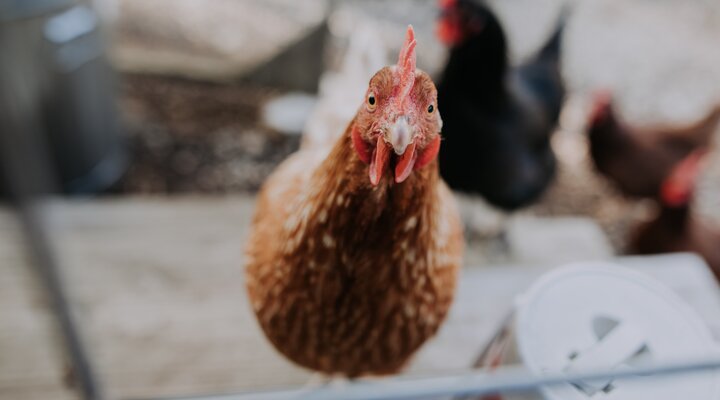Surveying Salmonella antigens for use in a bacteriophage-based vaccine enabling homologous and heterologous protection and colonization-inhibition effect in poultry
Project summary
Agriculture contributes greatly to the GDP as well as providing employment to many Kenyan citizens. Among the various agricultural sectors, poultry farming is increasingly being undertaken by the small scale-farmers to improve food security as well as the household incomes. However, infectious bacterial diseases associated with poultry farming and egg production pose high risks to the both poultry industry and human health. To control these diseases, farmers have relied heavily on antibiotics to prevent disease rather than reserving them for disease treatment. The constant use of antibiotics, unregulated access to and irrational use of antibiotics is causing a selective pressure for resistant bacteria. The aim of this fellowship is to provide farmers with a viable alternative to antimicrobial agents. In this project, an antigen survey will be conducted and used to produce a multivalent vaccine to control Salmonella infection of poultry and mitigate the use of antibiotics in poultry production systems. The resultant product from this technology is envisaged to have a more robust effect in controlling salmonellosis in poultry. In the long term this product is expected to have an effect on the Kenyan agricultural economy through increased productivity, cut down post-harvest losses, reduced burden of disease especially from drug-resistant bacterial strains in the poultry industry.
Project outcomes
With increased biosecurity in poultry farms, Salmonella infections will soon be a neglected disease for developing countries. However, for Low- and Middle-income countries (LMIC’s) the use of vaccination is still a timely strategy to control Salmonella. Although some challenges such as achieving efficacious vaccination against Salmonella, on-farm challenges such as the lines of poultry and Salmonella serovars used in vaccine development necessitate the need for additional research into vaccine discovery suited for LMIC’s. Furthermore, in farms having multiple serovars of Salmonella as is the case of backyard livestock farming in Kenya where different livestock species are kept together, control by vaccination will be compromised as cross protection against different serovars is reduced. As Salmonella colonization and invasion is initiated by adhesion to intestinal epithelial surfaces and cell lines and to intestinal mucins, inhibiting adhesion can play an important role in reducing its pathogenesis. Looking at Salmonella infections, the first adaptive line of immune defense is the mucosal immune system, including mucosal immunoglobulin A (IgA) and mucosa-associated lymphocytes and leukocytes. Secretory IgA prevents Salmonella from adhering to intestinal epithelial cells, limiting its mucosal colonization which is key for developing better vaccines to control Salmonella infections. However, the current Salmonella vaccines are administered either intramuscularly or sub-cutaneous which is not practical for commercial farmers especially in LMIC’s. This fellowship enabled research into Surveying Salmonella antigens that enabling homologous and heterologous protection and colonization-inhibition effect in poultry. In brief, commercially available vaccines against host specific and zoonotic foodborne Salmonella were used to induce antibodies in different lines of poultry such as broilers, layers and indigenous chicken. Sera was collected at different points and using the in vivo induced antibody technology (IVIAT), sera, from the different lines of poultry were panned against different genomic Salmonella enterica isolated from different Kenyan poultry farms in 2019, to discover common antigenic signatures between all the strains. The strains used to create the genomic library include host specific Salmonella: S. Gallinarum,,S. Pullorum and zoonotic Salmonella: S. Typhimurium, S. Enteritidis, S. Heidelberg and S. Kentucky. More than 100 Immunoreactive clones spanning across the different strains were sequenced and will be checked for immunogenicity. In summary, it is possible to use IVIAT as a technique to identify common antigenic signatures spanning across the different Salmonella serovars which could have a potential to be used as a multivalent vaccine. The future goal will be to design a vaccine using a nano particle or Virus-like particle (VLP’s) such as a bacteriophage to present the different selected antigens from our collection that could be delivered through the oral route and elicit protection across the different serovars of Salmonella creating a vaccine that will be suited for the poultry value chain in Low- and middle-income countries.

